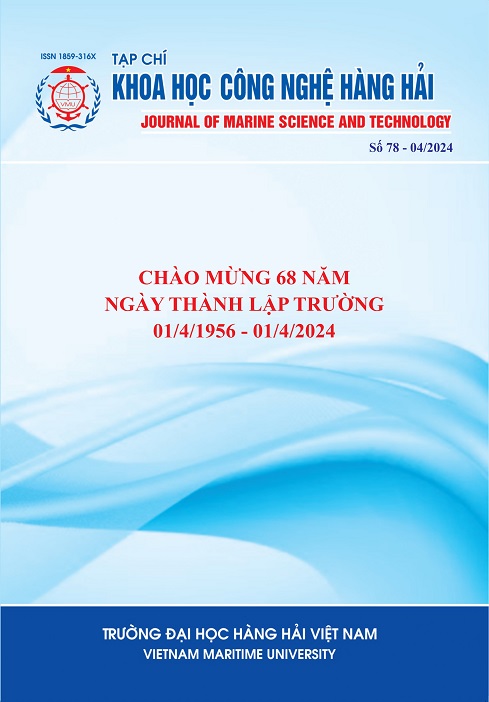Abstract
The method of measuring thermal conductivity using the line heat source technique is commonly used to measure thermal conductivity in the range from 0.05W/mK to 5W/mK. According to ASTM standard D5334, the length of the measuring probe is 100mm, and the required sample diameter and length are not smaller than 50mm and 100mm, respectively. However, in reality, many food samples such as meat, fish, vegetables, and fruits do not meet the requirements for sample size. In this paper, the results of measuring thermal conductivity using the heat source method with a 20mm long probe will be calibrated based on the results of the thermal simulation. The results show that the thermal conductivity deviates by approximately -10% to 10% across the entire measurement range. The numerical calibration helps to improve the reliability of thermal conductivity measurements for various types of food and supports the production of highly accurate domestic measuring devices.

